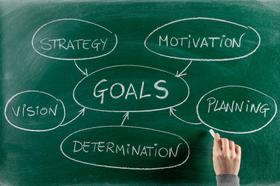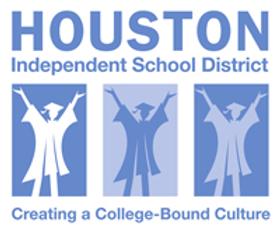The Dallas Independent School District is the second-largest school district in Texas and the 12 largest in the United States. The district serves most of the city of Dallas and several surrounding cities, including Addison, Hutchins, and Wilmer. The Dallas Independent School District boasts a long and colorful history, which has brought it its current state today. While some would say the district still has a long way to go, with one of the highest dropout rates in the country, Dallas Independent School District also has a number of features of which it can be proud.
The Beginnings of Dallas Independent School District
Although Dallas Independent School District was not officially established until 1884, the Texas State Historical Association states that private schools and academies were present in the city prior to that date. Six schools were also in existence at the time the district was established: four for white students and two for “colored” students, as segregation was very much in existence at that time. One of those schools is still in existence today, operating now as Booker T. Washington High School. The organization of the school district was done about the same time that the state of Texas created an education law that established school districts within the state.
Throughout its history, Dallas Independent School District has grown in part by absorbing other districts into its system, according to Wikipedia. At the same time, the district added more students in 1941 by switching from eleven to twelve grades – as was customary for schools to provide at the time. The district remained segregated until the Supreme Court decision Brown v. Board of Education in 1954. Although schools were ordered to desegregate at that time, Dallas schools took another six years after the decision to start the desegregation process. That process was not completed until 1967 when Dallas Independent School District formally announced that all of its schools were desegregated.
This video offers a message from a Dallas ISD graduate.
Historic Dallas High Schools
The Examiner reports that in the 1940s, there were just six high schools in the Dallas Independent School District. Some of those schools are still in existence today in their original locations. The six original high schools in the district include:
- Forest Avenue High School, located in South Dallas, was built in 1916. The school’s name has since been changed to James Madison High School. The school was rezoned to accommodate overcrowding at nearby high schools, so the address of the school has since changed as well.
- Booker T. Washington High School, built in 1884 as the Colored School No. 2, is one of the original Dallas schools still in operation today. It changed its name in 1922 to Booker T. Washington and remains the oldest traditionally African-American school in the city.
- W.H. Adamson High School was originally opened in 1915 as Oak Cliff High School It was renamed W.H. Adamson after the principal of the school, William Adamson, died in 1934.
- N.R. Crozier Technical High School was first constructed in 1907. The school has switched names a number of times and is now known as the Business and Management Magnet School. The location has also changed, and now city officials must determine what to do with the original building – preserve it or demolish it.
- Woodrow Wilson High School served the southern area of Dallas when it opened in 1928. The school is still in existence as an IB high school in Dallas.
- Sunset High School opened in 1925 and is still in operation today at its original location.
This video reports on the Dallas ISD Athletic Hall of Fame Ceremony.
Dallas Independent School District Today
With a rich history and strong traditions, the Dallas Independent School District continues its operations today with 230 schools serving more than 157,000 students. According to the district website, Dallas boasts a number of Blue Ribbon Schools and numerous high-performing schools recognized as such by the Texas Education Agency. During the 2005-2006 school year, the district implemented mandatory school uniforms for elementary and middle school students. Schools that do not abide by the uniform policy are allowed to use their own mandatory dress codes. Parents may also opt out of uniform policies for “bona fide” reasons.
Graduation rates have plagued the Dallas Independent School District in recent years, but according to the district website, those numbers are also improving. The website states that the number of graduates in 2011 was 7,149, the highest number since 1983. In addition, the website says that more than three-quarters of Dallas students are graduating on time, which is up 15 percentage points from five years prior. The dropout rate has also decreased, from 25.8 percent just a few short years ago to around 11 percent today.
Dallas Independent School District is also addressing its high school students' needs in other ways. The number of students passing Advanced Placement examinations is on the rise, ensuring seniors graduating receive college credits ahead of enrollment. The district has also successfully increased college readiness among its high school seniors over the past five years.
With many efforts in place, Dallas Independent School District is considered one of the fastest-improving districts across the country. Although the district continues to face many challenges, there have been many positives along the way. With one of the largest districts – and student bodies – in the country, Dallas Independent School District is working hard to provide its students with the education they need to be competitive in the 21st-century workforce.
Questions? Contact us on Facebook. @publicschoolreview















